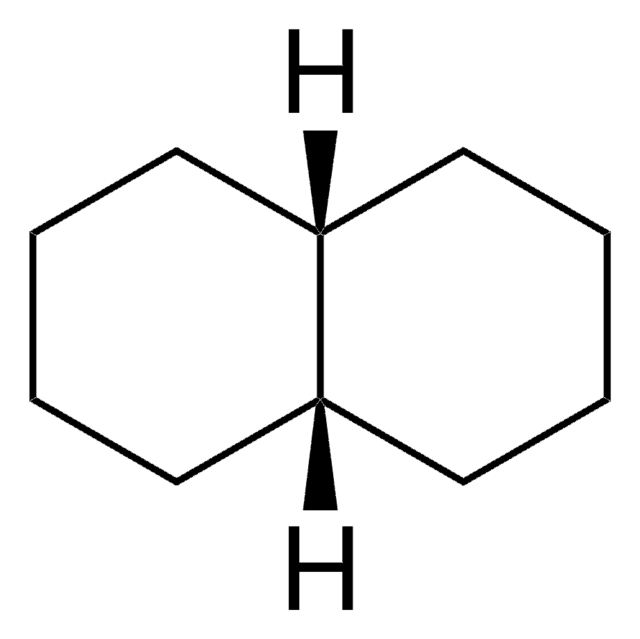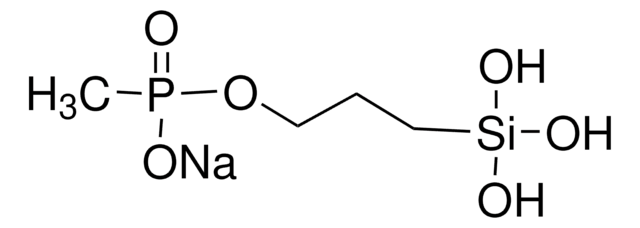Key Documents
178837
3-(Trimethylsilyl)-1-propanesulfonic acid sodium salt
97%
Synonim(y):
2,2-Dimethyl-2-silapentane-5-sulfonate sodium salt, DSS sodium salt, Sodium 3-(trimethylsilyl)-1-propanesulfonate
About This Item
Polecane produkty
Poziom jakości
Próba
97%
Postać
solid
mp
~165 °C (dec.) (lit.)
ciąg SMILES
[Na+].C[Si](C)(C)CCCS([O-])(=O)=O
InChI
1S/C6H16O3SSi.Na/c1-11(2,3)6-4-5-10(7,8)9;/h4-6H2,1-3H3,(H,7,8,9);/q;+1/p-1
Klucz InChI
HWEXKRHYVOGVDA-UHFFFAOYSA-M
Szukasz podobnych produktów? Odwiedź Przewodnik dotyczący porównywania produktów
Zastosowanie
Kod klasy składowania
11 - Combustible Solids
Klasa zagrożenia wodnego (WGK)
WGK 3
Temperatura zapłonu (°F)
Not applicable
Temperatura zapłonu (°C)
Not applicable
Środki ochrony indywidualnej
Eyeshields, Gloves, type N95 (US)
Wybierz jedną z najnowszych wersji:
Masz już ten produkt?
Dokumenty związane z niedawno zakupionymi produktami zostały zamieszczone w Bibliotece dokumentów.
Klienci oglądali również te produkty
Nasz zespół naukowców ma doświadczenie we wszystkich obszarach badań, w tym w naukach przyrodniczych, materiałoznawstwie, syntezie chemicznej, chromatografii, analityce i wielu innych dziedzinach.
Skontaktuj się z zespołem ds. pomocy technicznej










